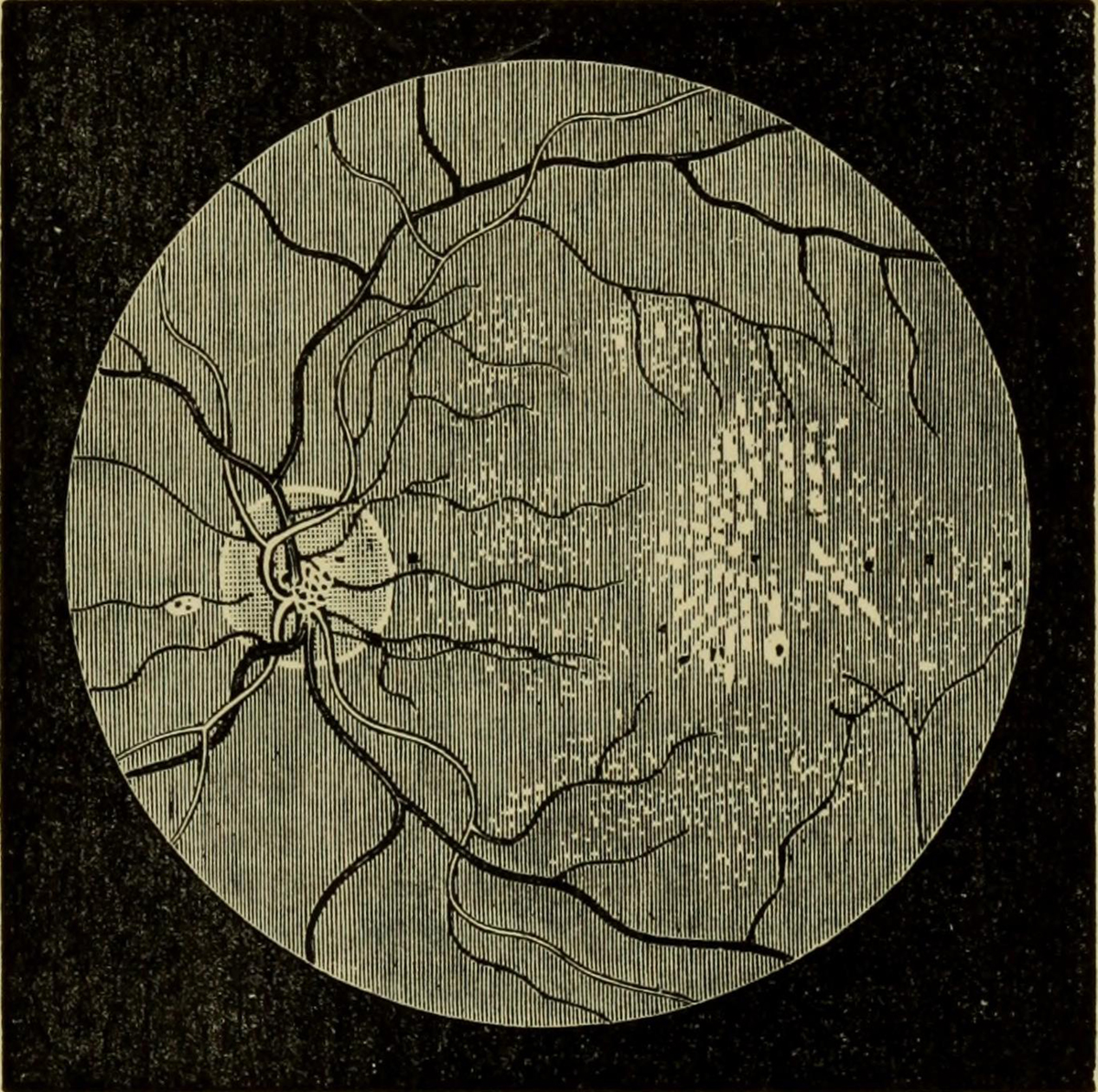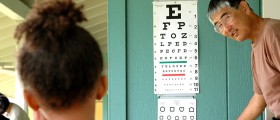
What is retina?
The retina is a tissue that lines the inner surface of the eye and it is sensitive to the light. The images of the visual world get created on the retina by the complex optics of the eye. When the light reaches the retina in then triggers, a number of electrical and chemical events then initiate a series of nerve impulses which get sent to different visual centers of the brain. These nerve impulses are transported by means of fibers located in the optic nerve. During the embryonic development the optic nerve and the retina are characterized as the outgrowths of the developing brain. This is why retina is considered as one of the main parts of the central nervous system. It is also a peculiar fact that it is the only part of the central nervous system which can be seen without any invasive procedures. It has different layers of neurons which are connected by synapses, but the only types of neurons which are characterized by sensitivity to direct light are the so called photoreceptor cells. There are two different types of such cells and those include the cones and rods. The cones are in charge of supporting normal daytime vision and proper perception of colors, while the rods are in charge of situations when there is only dim light and they also provide black and white vision. There is also the third type of photoreceptor cell which is not that common and it is referred to as photosensitive ganglion cell. It is in charge of all different reflexive responses to bright daylight. Other neurons located in the retina are in charge of processing the signals received from the cones and the rods.
Different retinal diseases
Since retina is such a gentle part of the human body it may be affected by numerous different types of acquired or inherited disorders or other medical conditions. For example, lipemia retinalis is a certain type of white appearance on the retina, retinoblastoma is a cancer of the retina, Cone rod dystrophy is a disease in which the vision gets deteriorated, macular degeneration is a group of diseases in which the central vision gets lost, retinitis pigmentosa is group of diseases characterized by a loss of peripheral and night vision, retinal separation involves the detachment of the retina from the back of the eyeball, and there are many others. Angioid streaks are among the most common medical conditions which affect the retina and they are actually small cracks in it and they may often lead to the formation of scars. This may lead to vision problems and other medical conditions such as Sickle cell disease, Paget’s disease, gastrointestinal bleeding, heart difficulties and pseudoxanthoma elasticum. Central retinal artery occlusion is a medical condition in which the main artery which supplies the retina with blood gets blocked and the retina soon dies. Another relatively common medical condition known for affecting the retina is called central serous retinopathy. It is characterized by a small blister of fluid underneath the retina which can be held responsible for the visual distortion, faded color vision and blurry vision. Choroidal detachment is a medical condition in which the blood or the serum lifts up the choroid. On the list of common medical conditions which may affect the retina is the one known as hypertensive retinopathy. In this type of condition the blood vessels which are responsible for the nourishment of the retina are abnormal. The retina commonly gets damaged. One of the most common medical conditions associated with retina is the retinal detachment. This is a very serious medical problem in which the retina gets separated from the back of the eye. If it does not get treated on time, the person usually loses the vision completely. Different treatment options include surgical repairs along with laser or freezing treatments. In most cases the retina can be reattached to the back of the eye, but that does not mean that the vision will be restored. Retinitis pigmentosa is a medical condition in which the night vision gets reduced. Other common symptoms of this condition may also include blurred central vision, narrowed visual fields and restricted visual fields. There are different types of retinitis pigmentosa and each one of them has different characteristics. Another medical condition associated with retina is a retinal tear in which the vitreous jelly gets contracted and pulled away from the retina. Once this occurs it also causes a tear to occur. This can be a very serious medical problem and it may even lead to subsequent loss of vision. The last medical condition on the list of conditions known for affecting the retina is the one known as retinoschisis. In this condition the retina splits into two layers but it rarely involves any symptoms or problems.

















Your thoughts on this
Loading...